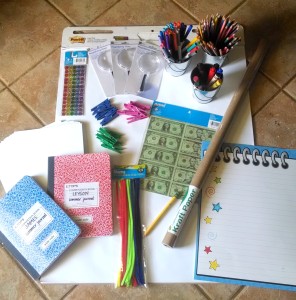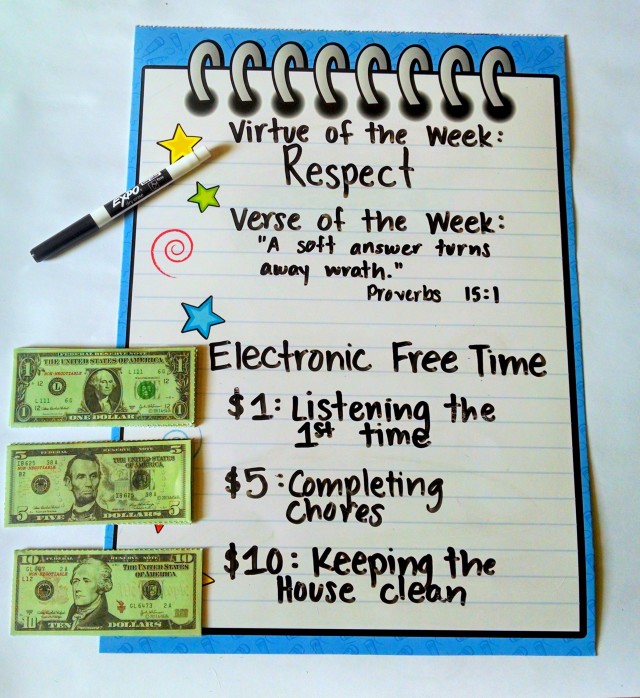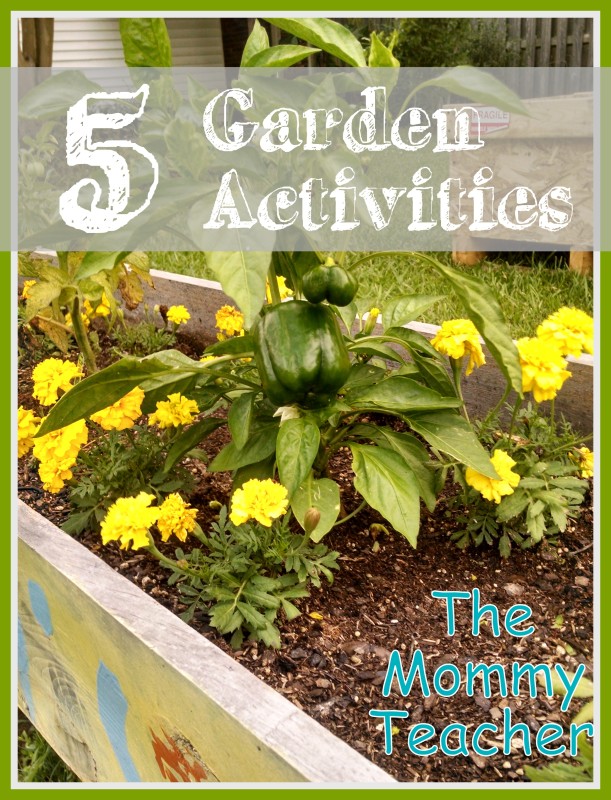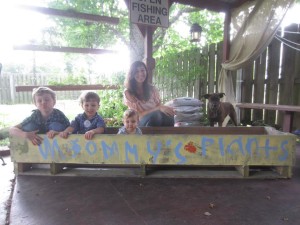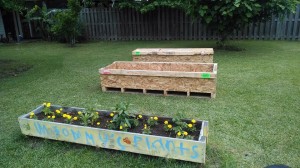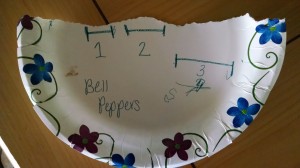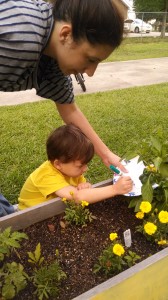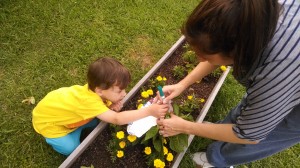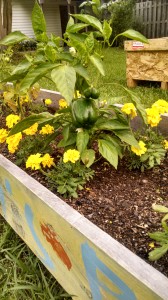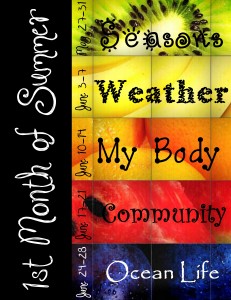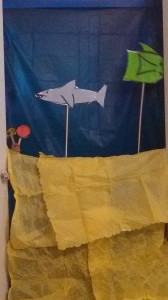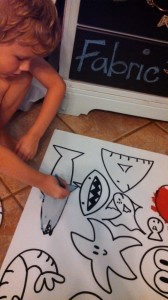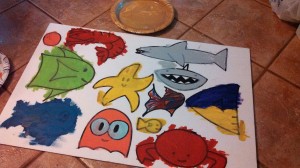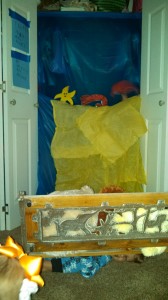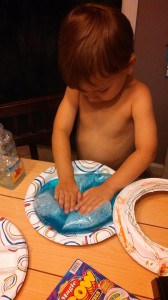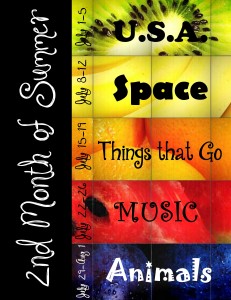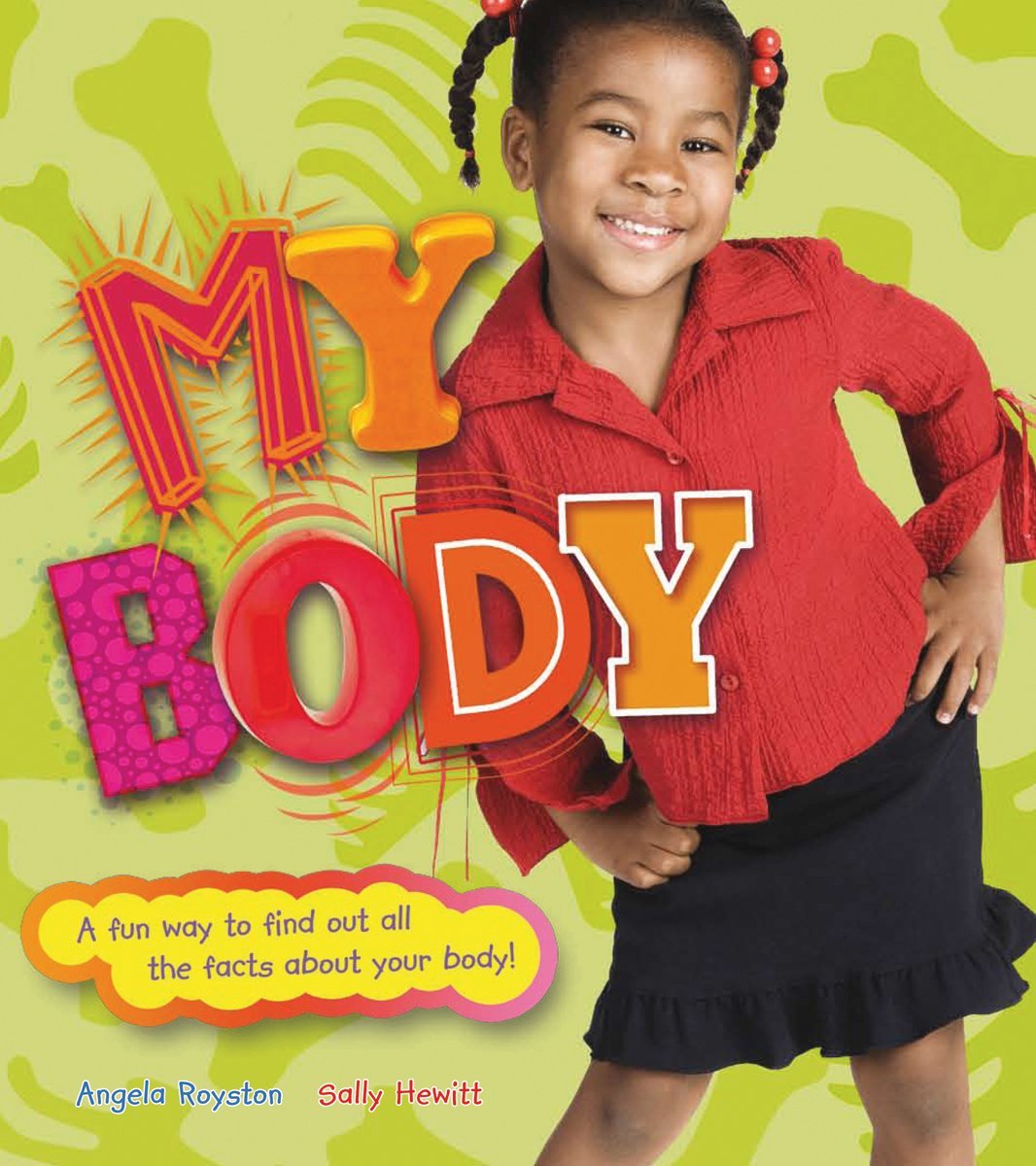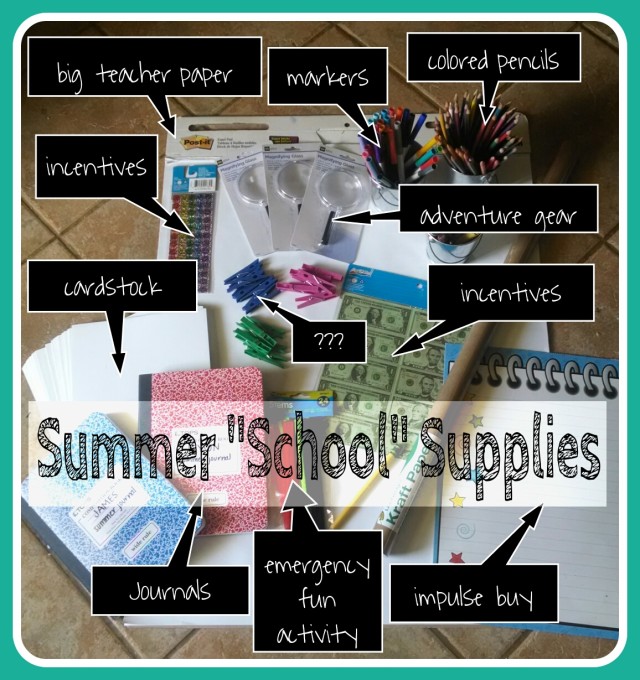 Where did the Spring go??? Summer crept up on me and has already been filled with vacations and summer camps. I have yet to have a single day where we are home long enough to even catch up on house chores, yet I need to organize our summer, like YESTERDAY, or else I will go bonkers. I need a plan and a calendar of events – that’s the teacher side of me – and a nap – that’s the exhausted Mommy side of me.
Where did the Spring go??? Summer crept up on me and has already been filled with vacations and summer camps. I have yet to have a single day where we are home long enough to even catch up on house chores, yet I need to organize our summer, like YESTERDAY, or else I will go bonkers. I need a plan and a calendar of events – that’s the teacher side of me – and a nap – that’s the exhausted Mommy side of me.
I have to say, our lack of a routine has brought out some pretty ugly behaviors in my kids (and myself unfortunately – just being honest here since we’re all friends), and I am going to put an end to that. So I am going to throw a lot at you guys at once so you can see our complete summer schedule, “school supply” list, and what we are learning this summer! If any of you are out there treading water like I am, I know that you’ll start floating along as soon as a schedule/routine/plan/ANYTHING is in place!
Here is our schedule for days that we don’t have anything planned:
1. TV goes off at 8 am
- This gives Mommy enough time to wake up from my slumber, get the required amount of caffeine pumping through my system, and hopefully whip something like bowls of cereal up for breakfast (I am not a morning person).
2. Worship!
- This was a great idea by my friend, Kim! She sets aside worship time for her kids and they choose how they want to spend that time! They can create artwork, listen to music on a kid-friendly CD player, read their Bible, journal, dance, etc. It is a great way to instill personal time with the Lord as a necessity from an early age.
3. Outdoor play and snack
- I am banking on no rainy days this summer! But if it does rain, we will probably pull out some toy bins that I will reserve for rainy days only. Other than that, you can catch us outside in the sprinkler!
4. Learning Activity and Lessons
5. Clean up and Chores
- This summer I am introducing more chores to my 4 and 6 year old: sweeping, dishes, laundry, vacuuming, toilets, bathroom and more! Before they were helping out here and there, but now they will be carrying a lot more weight around the house. I do plan on having a daily schedule for this, but haven’t quite gotten that organized yet.
6. Lunch
- In my mind I have a picture of us all singing and making lunch together, but, let’s face it, I will be making lunch while they probably pull out all the toys they just picked up.
7. Naps/Reading
- My boys have the option to either take a nap or have quiet reading time in their bed.
8. Designated Electronic Free Time
- This time will be earned minute by minute this summer! More on that below.
After this, Daddy should be home from work and we will probably spend more time outside, working on dinner, and picking up for the evening.
This schedule will already have to start off really flexible as we have several weeks of camps and swim lessons that last the remainder of June, but at least my teacher self is more at ease with our plan.
SUMMER “SCHOOL SUPPLIES”
Now, that same teacher side of me also had to purchase some “school supplies” for this summer.
- Big chart paper – the kids love when I teach and draw on here like we are in a real classroom!
- Journal Notebooks – I am hoping that each day we will spend a few minutes either drawing pictures (my 4 year old) or writing a short journal entry (my 6 year old) to keep up these skills for when they enter Pre-K and 2nd grade in the fall.
- Craft Supplies – these were all impulse buys that I will figure SOMETHING to do with them… pipe cleaners, card stock, a large roll of Kraft paper, colored clothespins (after I thought, “really, Casey? Was that a necessary purchase?”), markers, colored pencils and crayons
- Behavior Chart supplies: dry/erase poster, PLAY MONEY (more on this later), stickers, and picture frames (not pictured)
- Adventure supplies: magnifying glasses – my kids love to go exploring and we can only find one magnifying glass, so we got new ones.
Our crafts this summer will probably be super easy and consist mainly of card stock, pipe cleaners and random colored clothes pins (gee, I wonder why?). With our busy, unpredictable schedule this summer (is this how it is with older kids?!?), I will be creating on the fly!
WHAT ARE WE LEARNING ABOUT THIS SUMMER?
Last summer, each week we studied a different subject matter that my kids were interested in: ocean life, community, seasons and weather, and more!
THIS summer, however, I am switching things up a bit and we are going to focus on positive behaviors that we typically talk about here and there, but we will take the time to explore them in depth. These behaviors, or VIRTUES, will be taught and explored through role plays, crafts, songs (that we probably make up), journaling, drawing/painting, puppet shows, Bible verses and more!
VIRTUES:
- KINDNESS
- RESPECT
- OBEDIENCE
- RESPONSIBILITY
- SERVICE
- HONESTY
- THANKFULNESS
- SELF-CONTROL
- COURAGE
- CONFIDENCE
- HUMILITY
GOOD BEHAVIOR + CHORES = ELECTRONIC FREE TIME
I am going to preface this part with a disclaimer: every one has different parenting skills and not every one will agree with the method that my husband and I have chosen for the summer as rewards for our children’s behavior and house duties.
Some people believe that you should not reward behavior with extrinsic motivators (stickers, toys, play money, etc.), but in our case, our children are really having a hard time listening the first time we tell them to do something. We are pulling this one specific trait out that we want to fix and will be rewarding them for listening the first time with $1 in play money. When they have successfully learned to do so, we will slowly replace the reward with high fives and positive talk.
Our goals for our reward system this summer are to teach about responsibility, positive behaviors, earning privileges and MATH: money and time. $1 corresponds with 1 minute of play time on their electronic entertainment of choice: video games, computer, or TV. This will help us enforce that these are all SPECIAL privileges, and that listening and behaving appropriately will help them earn those privileges.
Now, I feel SLIGHTLY more prepared for the summer! Do you have a summer schedule? Please share with us your plans!!!

